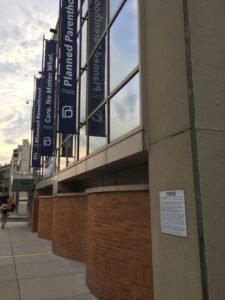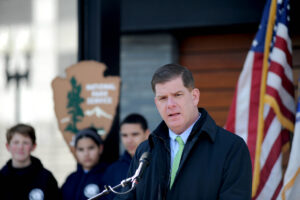The People V Barack Obama: What Did Obama Do For Black People?
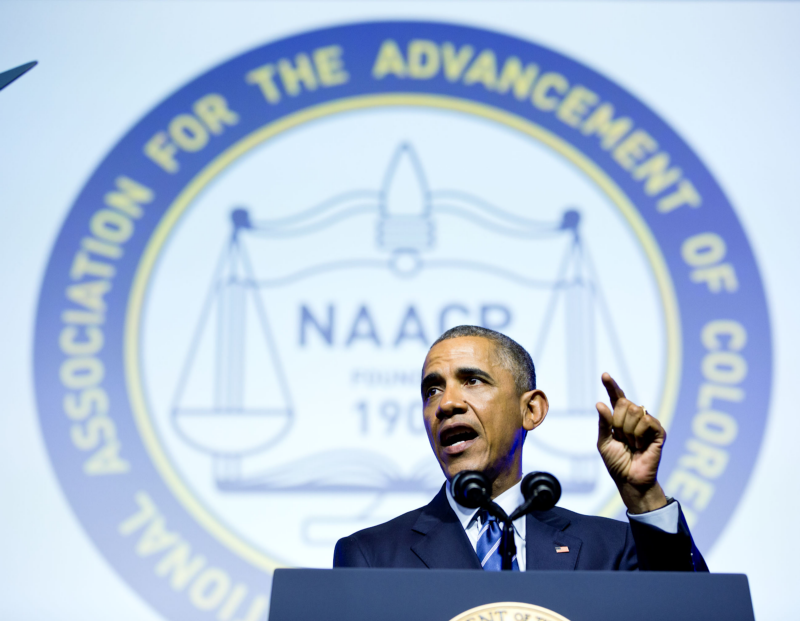
There seems to be this notion that President Obama “failed” Black America. Critics often cite high Black unemployment rates, the Chicago murder rate, or his reticence to discuss issues of race as glaring examples of his failure to help Black people. Some say he did not work hard enough to close the racial wealth gap. Others claim he’s “done nothing” for Black America — a belief that is both disingenuous and factually incorrect. While there is plenty of legitimate criticism, much of what he did was not simple, and could not happen overnight. But, as his own White House has even reported, he did a lot more than he’s given credit for. He just didn’t feel the need to brag about it.
Representation
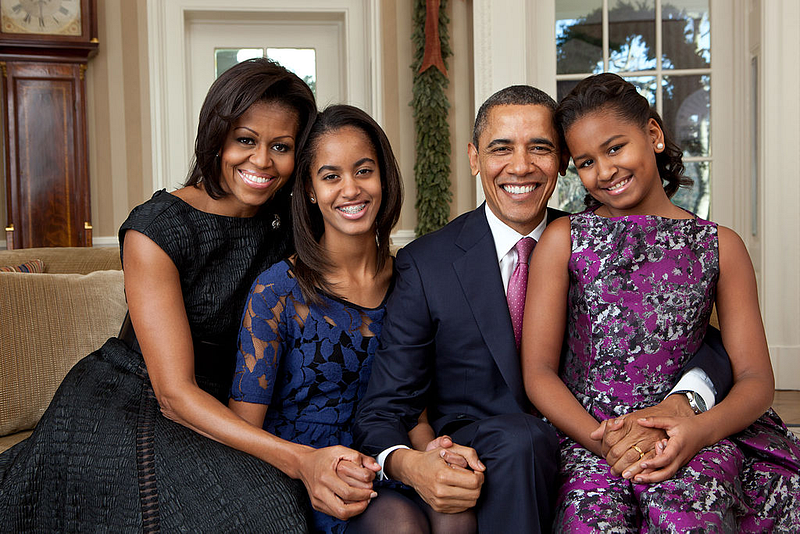
“When I come across many little black girls who come up to me over the course of these 7 1/2 years with tears in their eyes, and they say: ‘Thank you for being a role model for me. I don’t see educated black women on TV, and the fact that you’re first lady validates who I am.’”
— First Lady Michelle Obama, Variety (August 23, 2016)
Aside from the First Family, the Obama Administration had more Black representation than most others throughout history (though that may very well change in the future). While he faced criticism for appointing only a single Black member of his first cabinet, his second cabinet brought in a slew of new faces and opportunities. Between his two terms, the following Black Americans served in high-level positions of the Administration:
- Eric Holder: Attorney General (2009–2015)
- Loretta Lynch: Attorney General (2015–2017)
- Anthony Foxx: Secretary of Transportation (2013–2017)
- Jeh Johnson: Secretary of Homeland Security (2013–2017)
- Valerie Jarrett: Senior Advisor to the President (2009–2017)
- Susan Rice: Ambassador to the United Nations (2009–2013); National Security Adviser (2013–2017)
- Reggie Love: Personal Aide to the President (2009–2011)
- Patrick Gaspard: Director of the White House Office of Political Affairs (2009–2011); Ambassador to South Africa (2013–2016)
- Bill Burton: Deputy Press Secretary, White House (2009–2011)
- Marlon Marshall: Deputy Director, White House Office of Public Engagement (2013–2015)
- Melody Barnes: Director, Domestic Policy Council (2009–2012)
- John King, Jr.: Secretary of Education (2016–2017)
It should be noted that this list does not include the various Obama appointees and staffers across the rest of the Executive Branch and White House.
As of October 2016, Obama had appointed sixty-two Black Americans as federal court justices for life — nine circuit court judges and fifty-three district court judges. This includes twenty-six Black women appointed as district court justices — the most thus far by any president in history. Of his confirmed judges, 19% were Black, higher than former Presidents Bill Clinton (16%) and George W. Bush (7%).
Education

“We agree that real opportunity requires every American to get the education and training they need to land a good-paying job.”
— President Obama, State of the Union (January 12, 2016)
As a double Ivy League alumnus and former University of Chicago Law professor, President Obama obviously values education. He believed it to be an equalizing force in America, allowing people to soar to new heights and improve their standards of living. He stressed this capability for Black Americans as well in several of the commencement speeches he gave. But, contrary to his “orator-in-chief” critiques, Obama did more than just speak to students.
One million more Black and Latino students enrolled in college under the Obama Administration, leading to at least 270,000 more obtaining undergraduate degrees in the 2013–2014 school year than in 2008–2009. The Administration also invested more than $4 billion into Historically Black Colleges and Universities (HBCUs). From 2007–2014, for example, Pell Grant funding for HBCU students increased from $523 million to $824 million — a 57% increase over seven years. High school graduation rates skyrocketed as well — 72.5% of Black public high school students graduated within four years after the 2013–2014 school year. Roughly 88% of Black Americans age twenty-five and older had at least a high school degree as of 2015, with roughly 23% attaining a Bachelor’s or higher.
As of 2017, Pell Grant funding was also increased in Obama’s final budget to support students seeking accelerated degree completions, allowing them to take summer courses with the same funding. In 2016, sixty-seven colleges and universities joined the Department of Education’s Second Chance Pell program to provide secondary education for 12,000 incarcerated students. Of those institutions, at least 10% are minority-serving — including HBCUs.
Economy
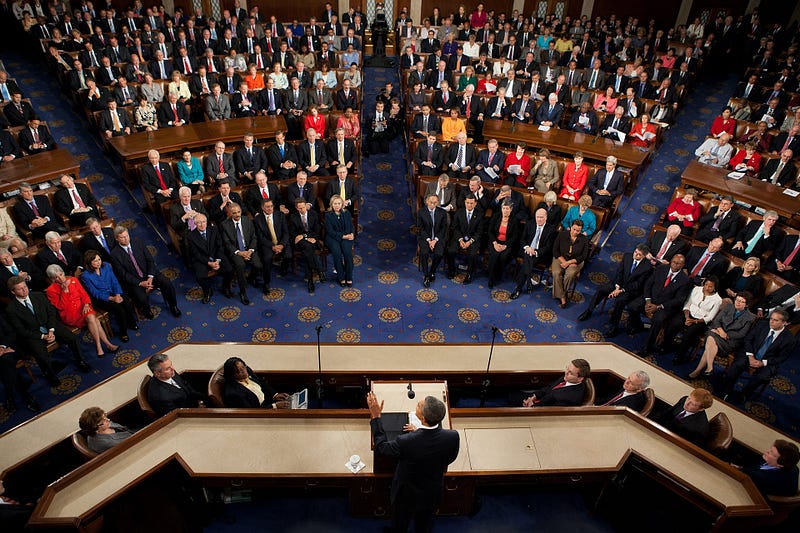
“I’ll put my track record up against anybody in terms of us putting in place broad-based programs that ultimately had a huge benefit for African American businesses.”
— President Obama, Black Enterprise (August 6, 2012)
Obama aimed to increase support to colleges, especially HBCUs, because he believed them to provide the tools necessary for Black Americans to secure more stable employment and higher wages. Unfortunately, he inherited the 2008 financial crisis and Great Recession, which hit many Americans hard — especially Black Americans. However, the Administration seemingly managed to turn things around in the end.
When Obama took office in 2009, Black unemployment was at 12.7% — nearly double the total rate of 7.8%. When he left office last year, both figures had been cut nearly in half — with total unemployment at 4.8% and Black unemployment at 7.8%. Criticism that Black unemployment remained higher than rates for White, Asian, or Hispanic Americans is certainly valid. However, given that Black unemployment peaked at nearly 17% during the Recession, leaving office at just under 8% is more than commendable.
As of October 2016, there were eight million minority-owned businesses in the U.S., which was a 38% increase from 2007. The real median income of Black households increased 5.7% between 2015 and 2016 — increasing for a second year in a row. Across that same period, the Black poverty rate fell from 24.1% to 22%, as the total Black impoverished population fell from 10 million to 9.2 million.
Criminal Justice
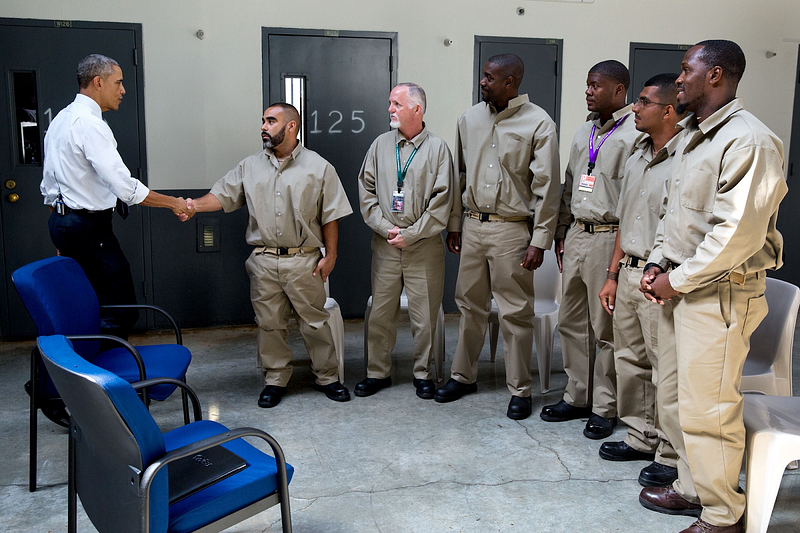
“In our criminal justice system, the punishment should fit the crime — and those who have served their time should leave prison ready to become productive members of society.”
— President Obama, Washington Post (January 25, 2016)
The Obama Administration showed a clear dedication to criminal justice issues that affected Black Americans. During the height of the Black Lives Matter protests, the Justice Department opened investigations into the Ferguson, Baltimore, and Chicago police departments. They had previously investigated the 2012 death of Florida teenager Trayvon Martin at the hands of George Zimmerman. In 2014, President Obama created the Task Force on 21st Century Policing, which provided a detailed list of guidelines for police departments around the country to implement, including body and dashboard cameras.
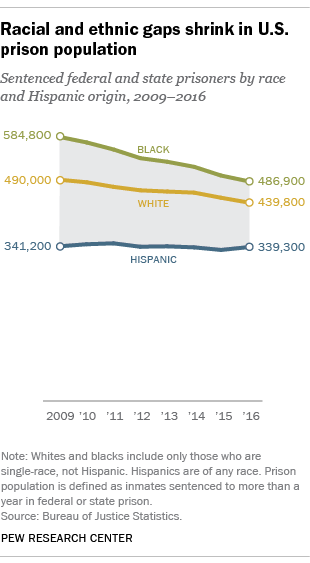
Under Obama, the number of Black inmates in federal and state prisons dropped from 584,800 to 486,900 — roughly 17% — between 2009 and 2016. According to the Bureau of Justice Statistics, there were only 47,100 more Black prisoners than White (439,800) in 2016, compared to a difference of 94,800 in 2009. The black imprisonment rate also dropped 25% in the same period of time. And, due to the story of Kalief Browder, Obama pursued changes to solitary confinement for minors.
Obama was the first sitting U.S. President to visit a federal prison. He spoke with inmates, got their stories and input on why they were arrested, and helped develop solutions. He was also a staunch advocate for fair sentencing practices — especially regarding nonviolent drug offenders. According to the American Civil Liberties Union (ACLU), the 2010 Fair Sentencing Act (FSA) reduced the disparity between crack and powder cocaine from 100:1 to 18:1. It also eliminated the five-year mandatory minimum sentence for possession, which mostly affected Black people.
In 2011, the U.S. Sentencing Commission retroactively applied the FSA to people sentenced before the law. This led to over 12,000 individuals having their cases reviewed, and some reduced or freed altogether. 85% of them were Black. That same year, Obama founded the Federal Interagency Reentry Council to work toward helping with prisoners transitioning back into society. And, in 2013, the Administration enacted the Smart On Crime Initiative, focusing on alternatives to incarceration for “low-level, non-violent crimes.” Obama even granted more clemency to people of color than his predecessors, commuting over 1,700 sentences for nonviolent drug offenders. 70.9% of them were Black.
Judging by the above list, President Obama clearly did a lot for Black Americans, addressing long-term, systemic issues such as education, employment, and criminal justice. I wholeheartedly believe he deserves credit for that. But I also feel that his economic policies did not help to build Black wealth — whether it be Black businesses, banks, or homeowners.
As a product of academia, Obama prioritized education without providing a framework to build the necessary wealth to pursue it — choosing instead to rely on federal institutions. That being said, Obama’s time in office shouldn’t be viewed as a failure for Black America, but more of a stepping stone for course correction.

